Just 20 Minutes from Nagoya Station! A Journey Through Gifu City to Explore Japan’s Fermentation Culture and History

Just a 20-minute train ride from Nagoya Station, we’ve arrived in Gifu—an essential destination when it comes to Japan’s fermented food culture. This article introduces a one-night, two-day model course featuring spots around Gifu City where you can experience both fermentation and history. With easy access via public transportation, getting around is a breeze.
-
Table of Contents
- Say Hello to the Iconic Golden Nobunaga Statue at Gifu Station
- Discover Your Favorite Sake at Nihon Izumi Sake Brewery
- Savor a Lunch Course Full of Fermented Flavors at Natural Cuisine Qualite
- Reach the Summit in Just 4 Minutes! Take in the Spectacular Views on the Kinkazan Ropeway
- Take in the Same View Oda Nobunaga Once Saw! Step Into History at Gifu Castle’s Main Keep
- One of Japan’s Three Great Buddhas! Gaze Upon the Gentle, Soothing Face of the Gifu Great Buddha
- Souvenirs with Heart and History—Discover the Artisan-Made Gifts at Nagara River Department Store
- Savor the Ultimate in Fermented Cuisine – The Deep Umami of Narezushi at Kawaramachi Izumiya
- Reflect on Your Journey in the Tranquil Night—Nagara River Onsen and the Old Streets of Kawaramachi
- Meet Real Cormorants! Learn About the History of Ukai and the Nagara River at the Nagara River Cormorant Fishing Museum
- Summary
Say Hello to the Iconic Golden Nobunaga Statue at Gifu Station

As you step off the train at JR Gifu Station, the first to greet you is a golden statue of Oda Nobunaga—one of Japan’s most influential historical figures with deep ties to the region. The statue stands proudly in the plaza outside the station’s north exit.
Oda Nobunaga’s connection to Gifu runs deep. He not only renamed the area "Gifu," but also moved his base to Gifu Castle, launched his campaign to unify the country from there, and implemented economic policies like rakuichi-rakuza (free markets), greatly contributing to the prosperity of the city.
The Golden Nobunaga Statue was installed in 2009 to commemorate the 120th anniversary of Gifu City’s municipal status. Funded by donations from local residents, the statue has become a beloved symbol of the station. You can spot it from the pedestrian deck—making it a great place to snap a one-of-a-kind photo of a golden samurai.
The plaza in front of JR Gifu Station’s north exit often hosts lively events, and sometimes features stalls offering sake, craft beer, and other local specialties.
*Oda Nobunaga (1534–1582) was a military commander during Japan’s Warring States period (Sengoku period) and a visionary leader who sought to unify the country. He revolutionized warfare with the use of firearms and introduced progressive economic policies like free markets. Known for his bold reforms and authoritarian leadership, Nobunaga remains a compelling figure in Japanese history to this day.
Discover Your Favorite Sake at Nihon Izumi Sake Brewery

In December 2024, Japan’s traditional sake brewing was registered as a UNESCO Intangible Cultural Heritage. This refers to time-honored brewing methods involving steps like steaming rice or wheat, cultivating koji mold, and fermenting the mash—techniques that continue to be practiced at Nihon Izumi Sake Brewery, founded in 1877.
Located just a one-minute walk from JR Gifu Station, Nihon Izumi Sake Brewery was completely destroyed during the Gifu air raid in 1945 and faced the risk of closing its doors for good. However, the president at the time was determined not to give up the use of natural spring water from the Nagara River—renowned for its exceptionally soft quality and abundant supply—believing it essential to preserving the unique taste of their sake. In 1948, the brewery was rebuilt on the same site, complete with its own 100-meter-deep well. Ever since, they’ve continued brewing sake using groundwater that remains at a steady 10°C year-round.

While most freshly pressed sake is typically available only from December to March, Nihon Izumi Sake Brewery offers freshly pressed sake all year round. The secret lies in their underground brewing process, where the temperature stays constant throughout the year.

“We brew our sake in a cool environment, which allows us to produce it in small batches instead of mass-producing it all at once. This way, we can always offer freshly made sake through what we call a ‘fresh rotation,’” explains Managing Director Shohei Takeyama. “No matter when you visit, you’ll be able to enjoy sake that’s just been taken from the brewery.” The brewery produces and sells over 20 varieties of sake, ranging from room-temperature shelf-stable options to unpasteurized namazake that must be kept refrigerated.

Brewery tours and sake tastings are also available by reservation (fee required). During the tour, you’ll get to witness the skilled craftsmanship behind their brewing process—like pressing sake using traditional kifune wooden vats instead of modern machines, and making koji with a focus on quality over efficiency. It’s an up-close look at techniques passed down through generations.

Nihon Izumi Sake Brewery is located on the rotary opposite the golden Nobunaga statue, just across JR Gifu Station. With its prime location just a one-minute walk from the station, it’s an ideal spot for anyone interested in casually exploring the history of sake and the passion behind Nihon Izumi’s brewing philosophy.
Savor a Lunch Course Full of Fermented Flavors at Natural Cuisine Qualite

After enjoying your sake experience, why not explore the fusion of local Gifu ingredients and traditional fermentation culture?
Natural Cuisine Qualite is a casual restaurant that specializes in pesticide-free vegetables and locally sourced meats from Gifu Prefecture. In addition to carefully selected ingredients, they use a variety of fermented seasonings made in Gifu—such as matured vinegar from Uchibori Brewery in Kamo-gun, soy sauce from Maruko Brewery in Ena, and mirin and cooking sake from Hakusen Brewery in Kamo-gun.

“In landlocked Gifu, people have traditionally relied on fermentation to preserve food through the winter,” says Chef Masataka Nakane. “Today, thanks to refrigerators, we no longer need to ferment food to make it last—but I want people to know just how delicious fermented food can be.”
Though he began by experimenting and learning through trial and error, Chef Nakane is now deeply dedicated to fermentation—so much so that he even makes his own koji from scratch.

The menu changes with the seasons, but on this day, we enjoyed a rice-koji potage and roasted venison served with fermented ginger bug.

The potage releases the distinct aroma of koji the moment it touches your tongue. The soup’s smooth texture, careful straining, and rich umami from the rice koji all elevate the natural sweetness of Jerusalem artichokes for a mellow and satisfying experience.

The fermented ginger bug pairs perfectly with the venison, enhancing its juiciness. Each bite is brightened by the gentle fragrance of ginger, making the dish feel light yet flavorful.
With a relaxed atmosphere and a menu that highlights seasonal Gifu ingredients, Qualite offers a truly one-of-a-kind lunch experience.

The restaurant is easy to reach—about 20 minutes from Gifu Station by bus and on foot. Lunch is served on Fridays and Saturdays only, while dinner is available Tuesday through Saturday.
Reach the Summit in Just 4 Minutes! Take in the Spectacular Views on the Kinkazan Ropeway

Just a 10-minute walk from Natural Cuisine Qualite, the Kinkazan Ropeway offers the perfect post-meal activity—a scenic ride through the sky.

The ropeway connects the base station in Gifu Park with the summit station on Mount Kinka. During the approximately four-minute ride, you’ll enjoy live commentary from a guide while taking in the stunning scenery.
Round-trip fares are 1,300 yen for adults and 650 yen for children aged 4 to 12. The ropeway runs every 15 minutes under normal conditions, and every 10 minutes during busy times, so you won’t have to wait long to hop aboard.

The glass-walled cable car climbs 255 meters up the mountainside in one swift ascent, quickly opening up panoramic views of Gifu City. As the lush forest below and the clear waters of the Nagara River gradually come into view, the breathtaking scenery unfolds before your eyes.

At the base station, you’ll also find a souvenir shop offering local sake, specialty products from Gifu, and unique gifts. One of the most popular items is the “Chon Mug Nobunaga,” a samurai-inspired mug modeled after Oda Nobunaga.

Other must-see souvenirs include sake cups, magnets featuring motifs like Gifu Castle, and goods from the Kinka Squirrel Village located at the summit. Be sure to browse for exclusive items you won’t find anywhere else!
Take in the Same View Oda Nobunaga Once Saw! Step Into History at Gifu Castle’s Main Keep

From the summit ropeway station, it’s about a 10-minute climb to Gifu Castle. Perched atop Mount Kinka, the castle’s main keep offers sweeping views over the entire city of Gifu.
The trail to the top is no easy stroll—it’s packed with steep slopes and uneven stone steps that can leave even adults short of breath. The steps and rocks vary in size, and many visitors find themselves worn out just from the climb.

But this wasn’t by accident. It’s said that the castle’s layout was deliberately designed by its lords to wear out potential attackers, making it harder for enemies to reach the top. Along the way, you’ll also find signs sharing historical tidbits about past castle lords, as well as interesting differences in stone construction from various time periods.
Admission to the castle keep is 200 yen for adults and 100 yen for children.

The first to third floors function as a museum, offering insight into the history of Gifu Castle and Oda Nobunaga. You’ll enjoy learning about Nobunaga’s era and the strategic importance of the site. The castle itself originally consisted of the mountaintop keep and the lord’s residence at the foot of the mountain, with the entire mountain serving as a natural fortress—so much so that Mount Kinka and Gifu Castle are often considered one and the same.

The fourth and top floor is the highlight—a spectacular 360-degree observation deck where you can take in the full view of Gifu, which once thrived as a castle town. Standing there, you might find yourself imagining what Oda Nobunaga saw and felt as he looked out over the land, dreaming of unifying the country.
At night, Gifu Castle is beautifully illuminated, transforming it into a magical sight. During the “Gifu Castle Panorama Night View” event, the ropeway operates extended hours, giving visitors a rare chance to admire the glittering cityscape from the castle after dark. It’s well worth checking out—nighttime visits to the castle are a unique and unforgettable experience.
One of Japan’s Three Great Buddhas! Gaze Upon the Gentle, Soothing Face of the Gifu Great Buddha

Just a 10-minute walk from the ropeway station, Shohoji Temple blends quietly into the streets of Gifu—and within it sits the Gifu Great Buddha, counted among the Three Great Buddhas of Japan.
The statue was completed in 1832, and according to the head priest, Takamichi Kobayashi, it was modeled after the Great Buddhas of Kyoto and Nara that existed at the time.

“When you sit here, you meet the Buddha’s gaze,” he says. “The Buddha’s right hand is raised in a preaching gesture. Facing the Great Buddha as he shares his teachings—some visitors are moved to tears.”

The chair in front of the Buddha is open to anyone. When you sit and look up from a low angle, you truly feel as if you're making eye contact. In that moment, many say a sense of honesty and calm naturally rises within.

Surrounding the Great Buddha are statues of arhats, his disciples—figures said to have spread his teachings through Buddhist sutras. Watched over by both the Buddha and his disciples, Shōhōji Temple is a quiet hidden gem where time seems to slow down. Taking a moment to face both the Buddha and yourself brings a sense of peace and reflection.
The temple’s architecture is also worth noting, having been constructed to embrace the 13.63-meter-tall statue. It’s a perfect place for those seeking a moment of connection—with the Buddha, and with themselves.
Souvenirs with Heart and History—Discover the Artisan-Made Gifts at Nagara River Department Store

Heading back toward your accommodation from the Great Buddha and looking for the perfect souvenir? Stop by Nagara River Department Store, a cozy shop full of charm and craftsmanship from along the Nagara River.
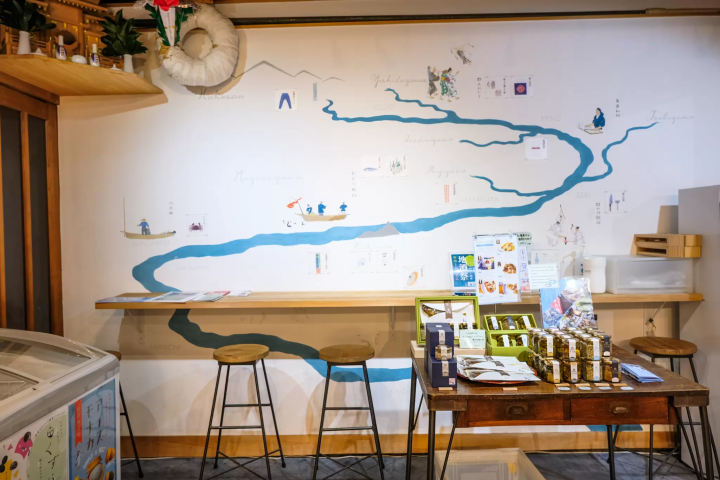
Unlike typical “Gifu souvenirs,” this shop focuses on items inspired by the Nagara River, which the store is named after. It features a curated selection of local specialties from places the river runs through—like Gifu City, Mino City, and even across the prefectural border into Kuwana City in Mie. The store also hosts seasonal exhibitions with themes like the “Ayu Festival” or the “Ochoko (sake cup) Exhibition.”

“We originally started as Nagara River Onpaku, short for Nagara River Onsen Hakurankai, to share the appeal of the Nagara River hot spring area,” explains store manager Ikumi Kawaguchi. “Thanks to the strong ties we built with local artisans during that time, we’ve never had trouble sourcing meaningful products for the store. Each item carries with it the skills of its maker, the blessings of the river, and a story all its own.”

Kawaguchi is passionate about every item on display and shares the backstories with great enthusiasm. “This sake, for example, is made using fruit from Gifu,” or “This miso is the same one used in school lunches at elementary schools in Gifu City.” With so many meaningful details, you may have a hard time choosing just one souvenir to take home.

The shop is filled with a vibrant mix of items—from fermented goods like miso and soy sauce, to Nagara River cider, local sake, and handmade goods made from Mino washi, a traditional Japanese paper. If you’re lucky, you might even catch a live demonstration or tasting by a local sake brewer or producer.

Nagara River Department Store is open from 10:00 AM to 6:00 PM, closed on Tuesdays and during the New Year holidays. Why not take home a piece of the river’s culture—and the stories behind it—through one of these special souvenirs?
Savor the Ultimate in Fermented Cuisine – The Deep Umami of Narezushi at Kawaramachi Izumiya

After browsing for souvenirs at Nagara River Department Store, head over to Kawaramachi Izumiya to experience one of Gifu’s most prized fermented delicacies. Founded in 1887, this long-standing establishment is now run by fifth-generation owner Zenhichi Izumi.
Their signature dish is narezushi, a traditional type of fermented sushi made using ayu (sweetfish). The process is deceptively simple: the fish is first salted for six months, then packed in rice for another six months to ferment.
But despite its straightforward steps, making ayu narezushi requires expert craftsmanship—from carefully regulating temperature to preventing the fish from dissolving during the fermentation process. Since the dish relies on lactic acid fermentation driven by microorganisms, its flavor is also highly sensitive to yearly climate conditions, explains Zenhichi Izumi.

On our visit, we enjoyed a six-course tasting that showcased ayu and narezushi from different angles. The first dish, white-aged ayu cream, had a smooth, rich texture balanced by the freshness of sour cream, making it surprisingly easy to eat. The gentle sourness of the fermented rice lingered on the palate—and before I knew it, I was reaching for the local sake.
Then came the main attraction: ayu narezushi, often referred to as a "phantom fermented food" due to its rarity. Food lovers will appreciate the chance to compare two kinds: one made with wild ayu, and another with roe-filled ayu.

When savored slowly, the combination of creamy, cheese-like rice and tender ayu seems to melt in your mouth all at once—an oddly satisfying and unforgettable texture. Chasing after that perfect balance of umami and acidity, you’ll find yourself reaching for just one more bite… and then another.
The version made with roe-filled ayu is especially rare. Because the innards are left intact, the risk of failure increases significantly. Still, through years of trial and error, Izumiya perfected a preparation method that captures the depth of flavor from the fish’s natural umami.

Other dishes on the menu celebrate ayu and narezushi culture in creative ways. You’ll find dishes like stewed beef tendon with narezushi rice, grilled ayu uruka (salted ayu entrails seasoned only with three-year-aged mirin from Hakusen Brewery), and even ayu ramen.

To ensure a smooth experience, it’s best to contact the restaurant in advance with your menu selection. The course menu, which lets you sample a variety of ayu dishes, is especially recommended. Since reservations are prioritized, be sure to plan ahead once your Gifu trip is confirmed—this is a culinary stop you won’t want to miss.
Reflect on Your Journey in the Tranquil Night—Nagara River Onsen and the Old Streets of Kawaramachi

We recommend staying at one of the traditional ryokan inns along the Nagara River, where you can soak in the famous onsen waters. There are six well-known accommodations in the area, all about a 15-minute drive from Gifu Station.

Said to have a 1,300-year history, Nagara River Onsen is known for its silky, reddish-brown waters. A soak in the onsen is said to help with neuralgia, muscle pain, and fatigue recovery. After a day full of walking and discovery, give your body the care it deserves and melt into the warm embrace of the bath.

Along the river, you’ll also find a 1.3 km promenade that locals affectionately call the Promenade. It’s the perfect place for a leisurely stroll, with Mount Kinka to your side and Gifu Castle in view. You can also wander down Kawaramachi Street, where you’ll pass by landmarks like the statue of the ukai (cormorant) master and the Nagara River Department Store.

It’s hard to believe that a place with such timeless beauty is just a 20-minute train ride from Nagoya. Take your time and soak in the nostalgic atmosphere that only Gifu can offer.
Meet Real Cormorants! Learn About the History of Ukai and the Nagara River at the Nagara River Cormorant Fishing Museum

On your final day in Gifu, why not end your journey by learning about ukai—the traditional cormorant fishing method deeply tied to the culture of the Nagara River.
Ukai, as practiced in Gifu City, is said to date back more than 1,300 years. This fishing technique involves expert fishermen, known as ukai masters, working alongside trained cormorants to catch river fish. The birds are valued for their sharp eyesight and their instinct to regurgitate fish they've caught, making them ideal fishing partners in this ancient method passed down through generations.

Caring for the birds and judging when and where to fish is the job of the ukai master. The ukai masters of the Nagara River hold a uniquely prestigious role—they are the only ones in Japan officially appointed as Imperial Ukai Masters by the Imperial Household Agency, and they deliver sweetfish (ayu) to the Imperial family eight times a year.
Because of this special designation, Nagara River ukai stands apart from similar traditions in other regions. Ukai fishing is held at night from May 11 to October 15 each year, with the entire local community working together to keep this ancient tradition alive.

At the Nagara River Ukai Museum, you can dive deep into the history of ukai, the creative techniques used in the practice, and the lives of the cormorants themselves. The museum is open year-round—even during the off-season.

In the View Lounge, you can relax while taking in the scenic beauty of the Nagara River, Mount Kinka, and Gifu Castle.

Outside, you’ll find real cormorants being cared for. You can observe their striking turquoise eyes and gentle expressions up close—an experience that brings you face-to-face with the stars of ukai.

The museum’s highlight is the Guidance Theater, which features a full-scale cormorant fishing boat paired with a panoramic, scroll-style screen. A 10-minute video explains the ukai tradition in an engaging, easy-to-understand way, making it accessible for visitors of all ages. Subtitles in English, Simplified Chinese, and Traditional Chinese are available if you request them at reception in advance.

You’ll also find brochures in Korean, English, Simplified Chinese, and Traditional Chinese at the front desk.

It’s said that cormorants who share a deep bond with their ukai masters live almost twice as long—and far healthier lives—than those in the wild. After learning about their story and tradition at the museum, seeing a live ukai performance may leave you with a new appreciation for this remarkable cultural heritage.
Summary
The itinerary we’ve introduced offers a rich opportunity to explore the fermentation culture and history of Gifu City. From traditional fermented foods like ayu narezushi and locally brewed sake and soy sauce made with pristine spring water from the Nagara River, to the chance to witness ukai—a 1,300-year-old cormorant fishing tradition—Gifu is a place where you can connect with the depth of Japanese culture in an approachable and memorable way. Why not experience it for yourself?
Just 20 minutes from Gifu by train, Aichi Prefecture is also home to a thriving fermentation culture. If you’re curious to explore even more of fermentation’s unique flavors and stories, consider planning a fermented food journey across the Chubu region.
Japan’s Fermentation: The Secret Behind UMAMI. Discover the hidden secrets and charms of Japan’s rich fermentation culture! Nagoya, once home to powerful shogun who shaped history, is famous for landmarks like Nagoya Castle and Ghibli Park. But did you know it's also a treasure trove of Japan’s iconic UMAMI-rich food culture? ■What's HAKKO? In Japanese cuisine, fermentation (HAKKO) plays a crucial role in creating flavorful seasonings and world-renowned sake. The mastery of fermentation techniques is key to crafting these delicious essentials. ■What Kind of Place is Nagoya? Located in central Japan, Nagoya serves as a major transportation hub, easily accessible by air and land. Thanks to its rich natural environment and unique climate, the region has cultivated a distinctive fermented food culture over the centuries.The Chita Peninsula, nestled between Ise Bay and Mikawa Bay, is a scenic region that has long been known for its thriving brewing industries, producing sake, vinegar, miso, and tamari soy sauce. Meanwhile, Nishi-Mikawa, the birthplace of Tokugawa Ieyasu, carries on the tradition of making Hatcho miso and the uniquely light-colored Shiro shoyu (white soy sauce)—both essential elements of Japanese cuisine.
The contents on this page may partially contain automatic translation.




























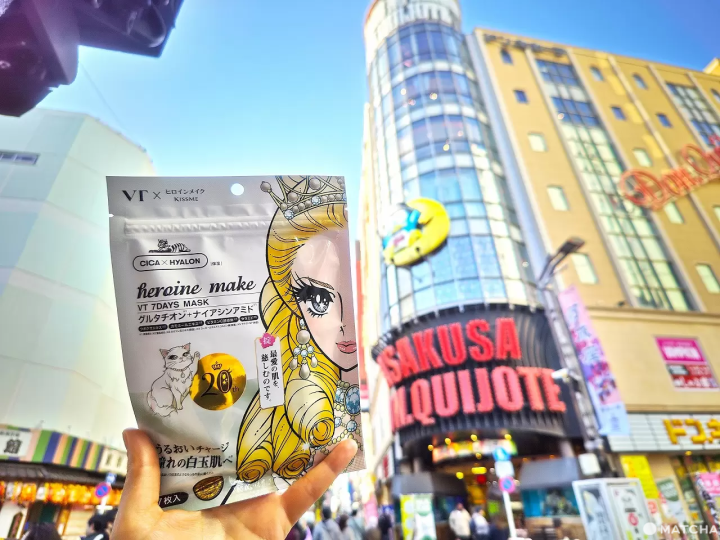
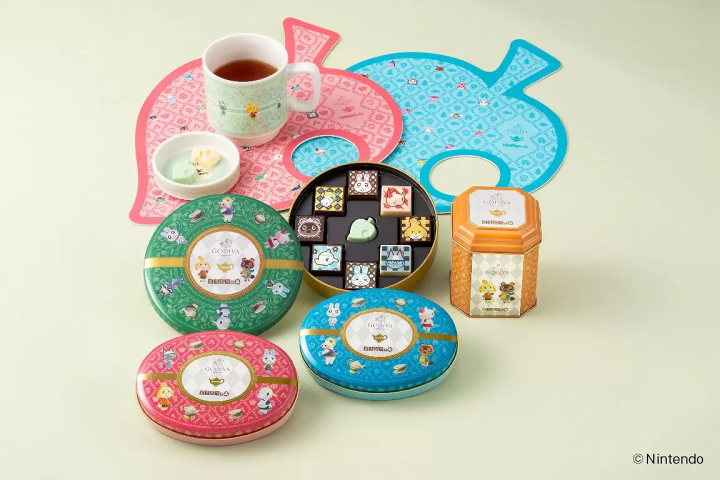
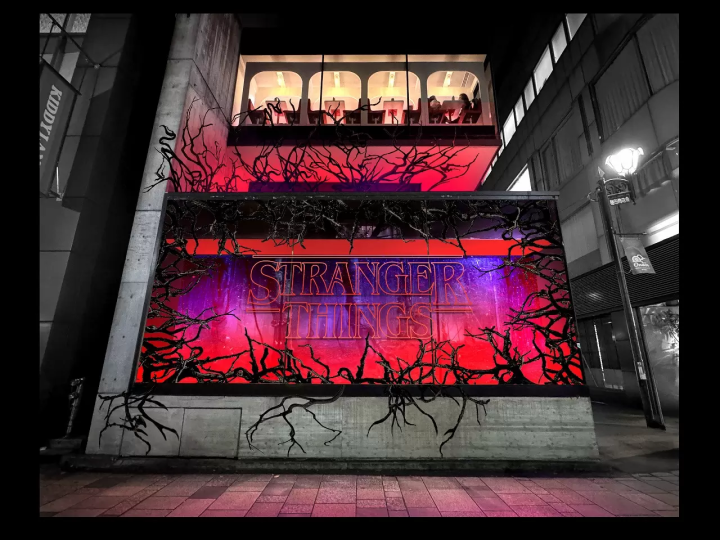
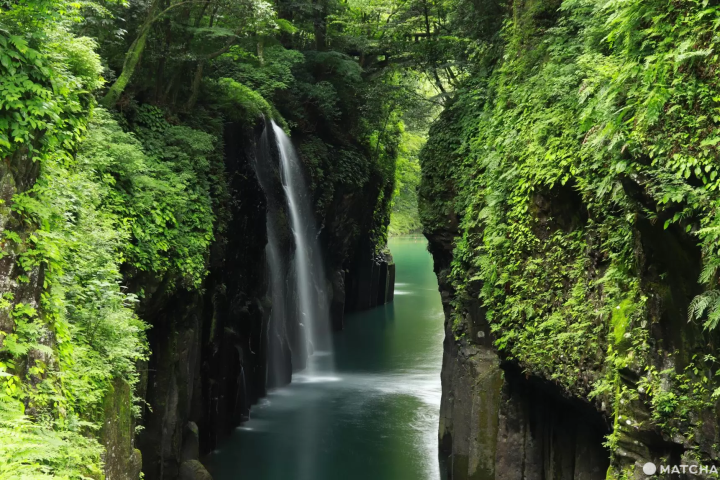




![[Wakayama Guide] Ume and Umeshu (Plum and Plum Wine)](https://resources.matcha-jp.com/resize/720x2000/2025/12/08-252248.webp)
![[2025 Update] From Kansai Airport to Namba - Recommended for travelers with large luggage! Travel comfortably by bus](https://resources.matcha-jp.com/resize/720x2000/2025/10/25-248088.webp)
![[ Naruto City, Tokushima Prefecture ] Experience the world's largest whirlpools up close on a sightseeing boat at the Spring Whirlpool Festival!](https://resources.matcha-jp.com/resize/720x2000/2025/02/05-222727.webp)
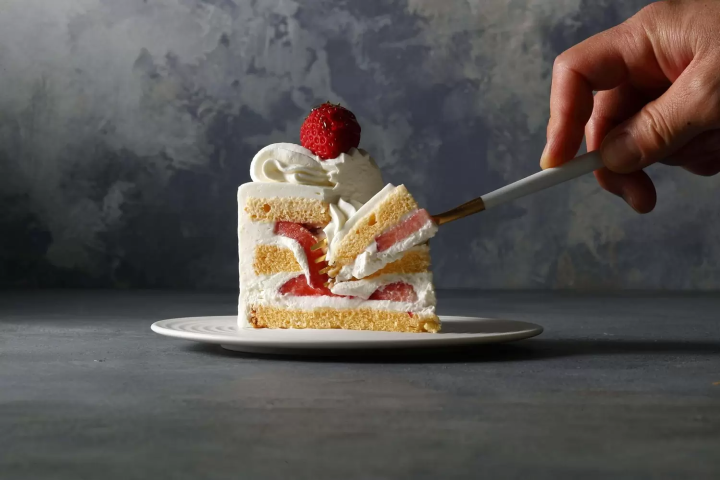
![Deep dive into Japanese brands! A tour of famous leather shoe stores with GENSEI & Nin [Madras Edition]](https://resources.matcha-jp.com/resize/720x2000/2025/12/17-253129.webp)